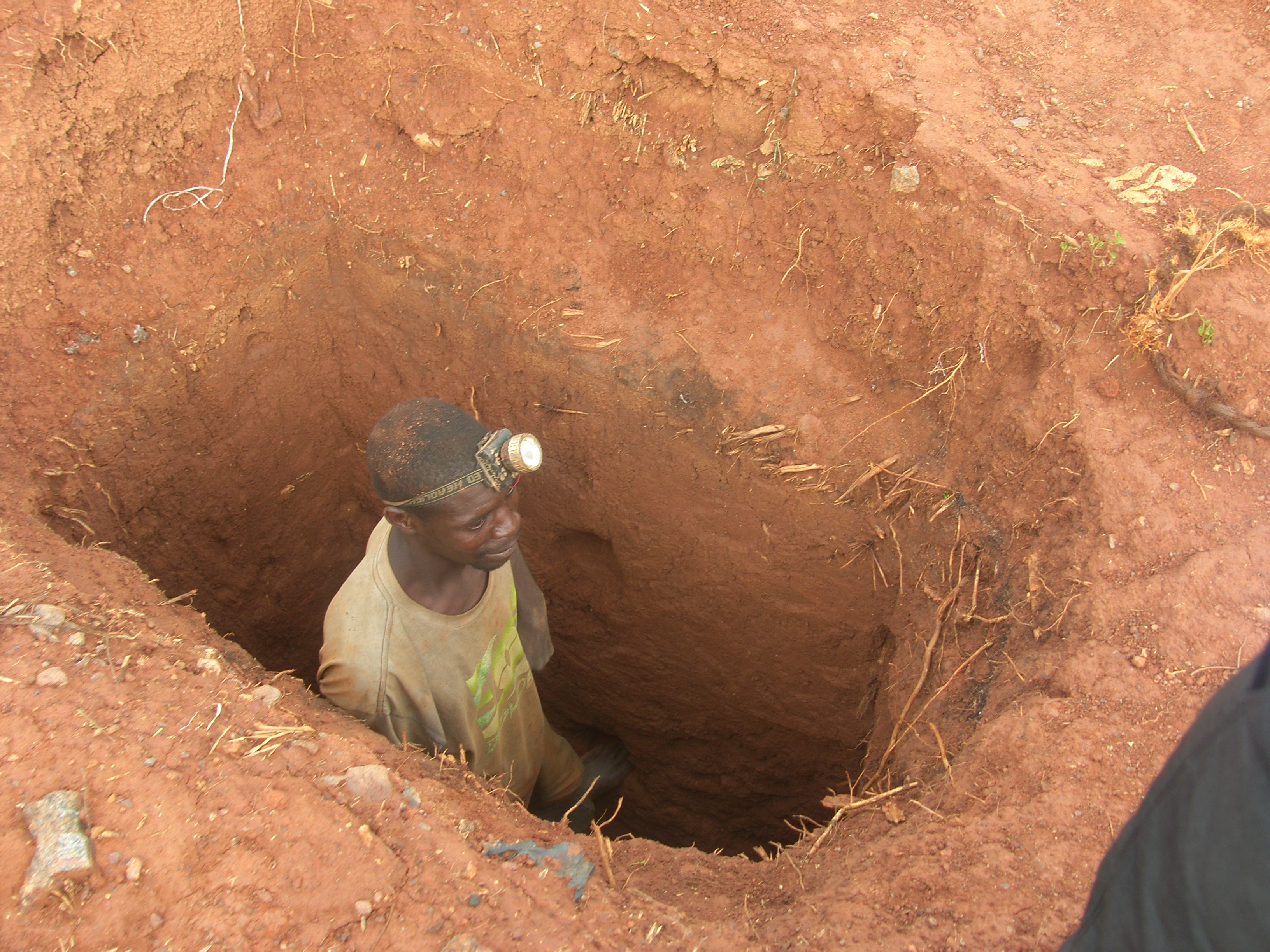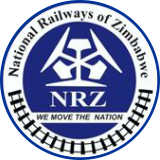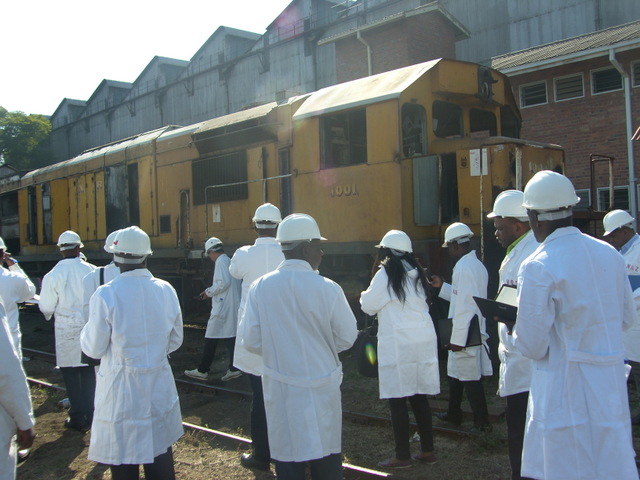NRZ MEDICAL SECTION IN WELLNESS CAMPAIGN
NRZ MEDICAL SECTION IN WELLNESS CAMPAIGN
The National Railways of Zimbabwe (NRZ) Medical Section has launched a Wellness Campaign to highlight the dangers of hypertension and diabetes mellitus which are now ranking as major killers along with HIV and Aids.
While the campaign is targeted at the workplace, the NRZ Medical Section is using the Harare Agricultural Show to raise awareness among members of the public on the dangers of Non-Communicable Diseases (NCDs) such as hypertension and diabetes mellitus.
Willing visitors to the NRZ stand over the age of 40 years will be tested for hypertension and diabetes.
Their Body Mass Index (BMI) will also be measured using specialised equipment to gauge the ratio of their weight to height.
If their BMI is found to be outside the recommended range, qualified personnel from the medical section will provide information for them to become fit.
NRZ is targeting people over 40 years of age because these diseases manifest themselves in people above this age.
So far, 34 people have been tested for hypertension, diabetes mellitus and had their Body Mass Index measured.
Only three (8.8 percent) were within the recommended range, signifying the importance for regular health checks.
As part of the campaign, the NRZ will run a quiz for people over the age of 40 and those who get the questions correct will get prizes.
The NRZ medical section is one of the pioneers in the introduction of workplace HIV and Aids programmes in the early 1990s and its HIV and Aids programme has won national recognition.
The NRZ runs 16 clinics comprising two administration clinics in Bulawayo and Harare, four industrial clinics at workshops in Bulawayo, Dabuka, Harare and Mutare.
It also has 10 community clinics spread across the country.
The community clinics offer services to NRZ employees, their dependents and members of the local community.
Maravanyika
Public Relations Manager
30 August 2018








